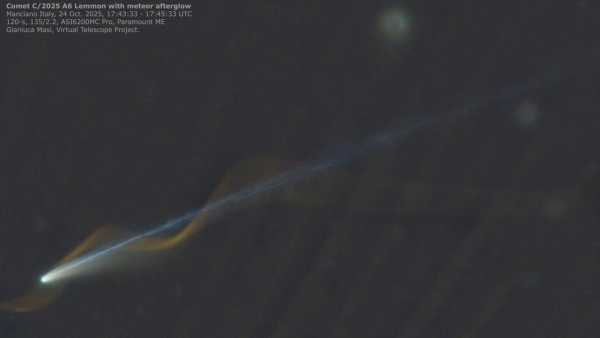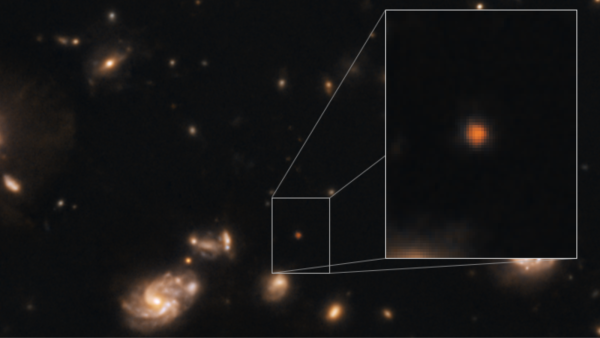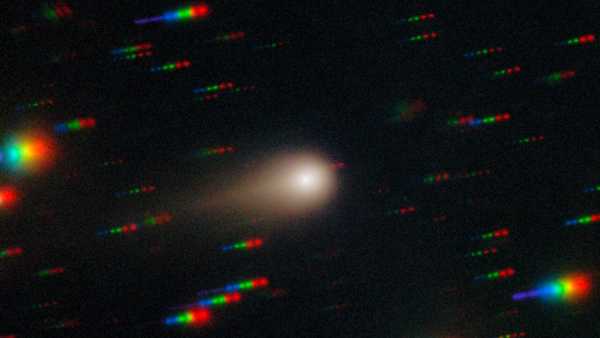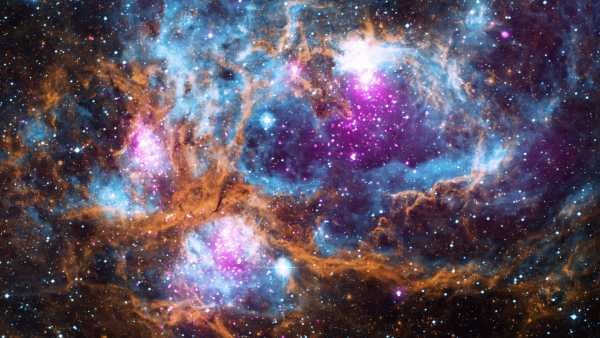
A composite image of the star-forming region NGC 6357. The young star in the region is rich in carbon dioxide, not water, according to a new study. (Credit: NASA)
New data from the James Webb Space Telescope (JWST) have revealed an unusual protoplanetary disk with high carbon dioxide content in the zones where terrestrial planets are thought to be forming.
Such disks typically contain water ice, but “the H₂O here is so small that it is almost impossible to detect – this is very different from standard observations,” said Jenny Frediani, a PhD student at Stockholm University and the leader of the research team.
The findings, published August 29 in Astronomy & Astrophysics, challenge current theories of planet formation.
You may be interested in
-
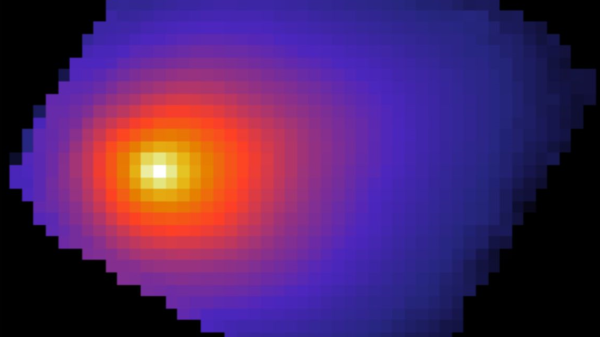
JWST images reveal anomalies in the behavior of interstellar comet 3I/ATLAS
-
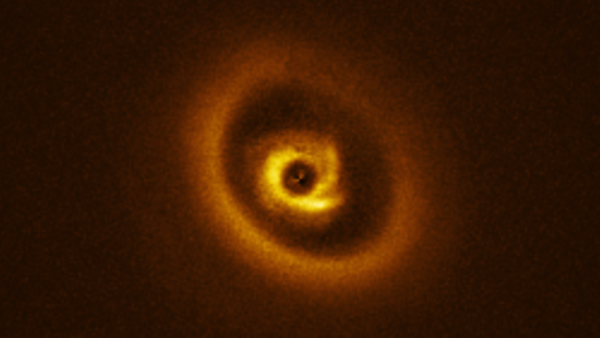
New Very Large Telescope Image Captures Birth of Giant Exoplanet
-
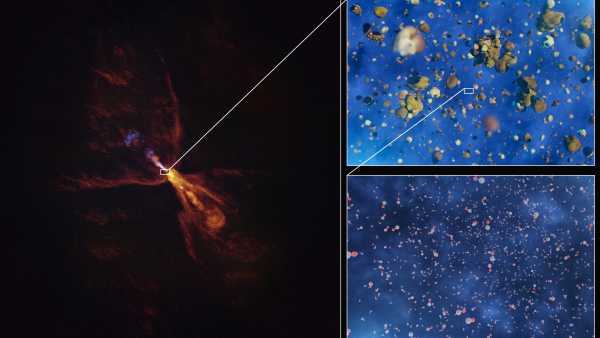
Astronomers witness the formation of an exoplanet system in real time
Scientists have not yet determined the cause of the anomalies around the star XUE 10 in NGC 6357 (8,000 light-years away), Frediani told Live Science in an email. However, studying it could shed light on how Earth-like planets form.
“Such conditions are typical for most stellar and planetary systems, including the conditions of the early Solar System,” the researcher noted.
Star nonconformist
Young stars are usually surrounded by clouds of gas and dust, which form disks for the formation of planets and small bodies.
According to current models, rock particles with water ice migrate from the cold outer regions of the disk to the hot center. When heated, the ice sublimates, which is detected by JWST as spectral lines of water vapor.
However, when studying XUE 10, the observatory found a predominance of CO₂.
Frediani offered two possible explanations for the phenomenon.
The first is intense UV radiation from the star itself or nearby massive stars. “Both options are capable of destroying water ice in the early stages,” she explained.
The second scenario involves the composition of the dust: “Unique conditions could have led to the particles becoming saturated with CO₂ instead of water.”

XUE 10 image of NGC 6357, where CO₂ dominates instead of H₂O.
In this scenario, the water vapor would be absorbed by the star, but “significant amounts of CO₂ would remain in the disk until final accretion,” Frediani added.
The unique position of JWST at the Lagrange point and its technological capabilities make it possible to study remote protoplanetary disks in detail, the specialist noted.
Frediani is part of the eXtreme Ultraviolet Environments project, which studies the effects of radiation on the chemistry of the disks. Ground-based observatories are planned to further analyze the system, including an upgraded ALMA array in Chile by the 2030s.
“Increasing ALMA's sensitivity will allow us to visualize the outer cold zones of disks in distant star-forming regions,” she said.
RELATED MATERIALS
— Record-breakingly detailed images of emerging exoplanets
— Cosmic “building blocks of life” may be more common than previously thought
— JWST detects H₂O in accretion disk of hot star for the first time
ESO's Extremely Large Telescope (ELT), due for completion in 2027, will be able to study the structure of such discs in detail, including signs of planet formation.
“ELT has the resolution to study the fine details of the irradiated disks,” Frediani emphasized.
TOPICS James Webb Space Telescope

Elizabeth Howell, Live Science correspondent
Elizabeth Howell is a science journalist with experience at Space.com (2012–2024). She covered key space events, including interviews with U.S. administration officials, reports from the ISS, and manned mission launches. She co-authored the book Why Am I Taller? (2022) with astronaut Dave Williams.
Public name verification is required to comment.
Please sign in again to enter your name.
Exit Read more
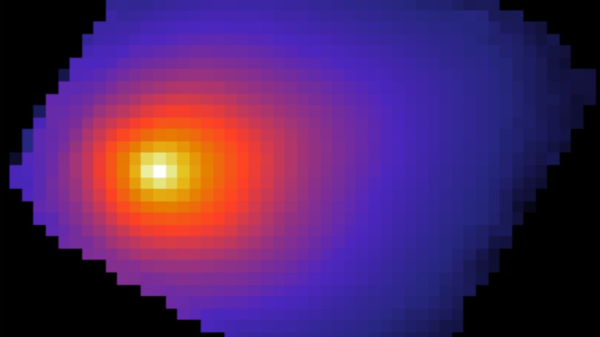
Anomalies of interstellar comet 3I/ATLAS in JWST images
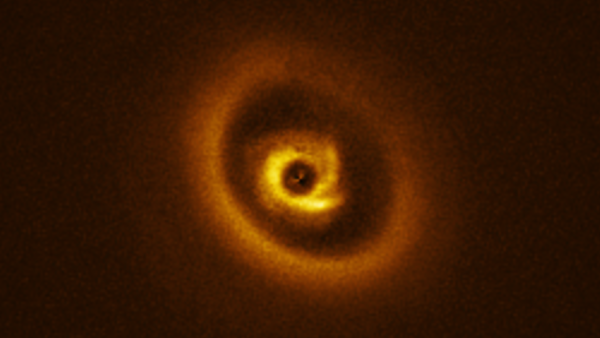
Birth of a giant exoplanet photographed by the VLT
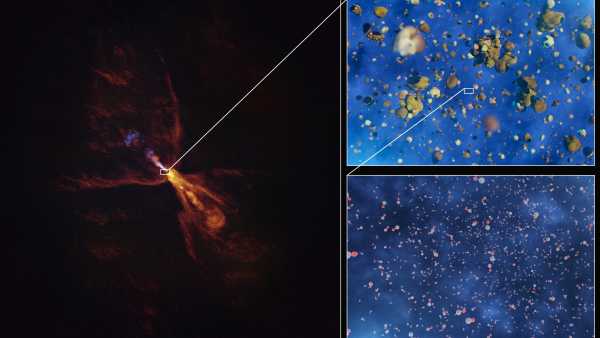
Real Time: Birth of an Alien Planetary System
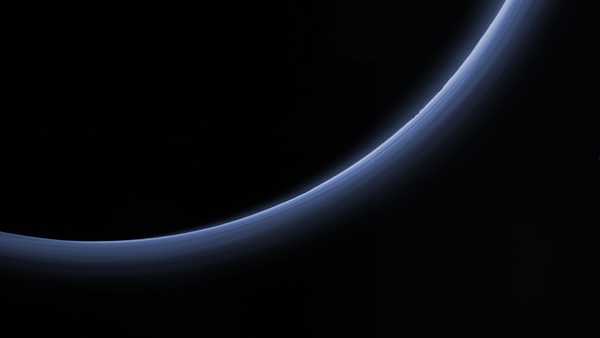
JWST Discovers Unique Climate Features of Pluto
Sourse: www.livescience.com



